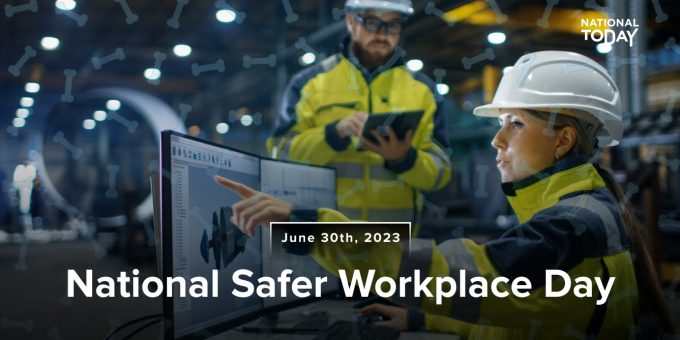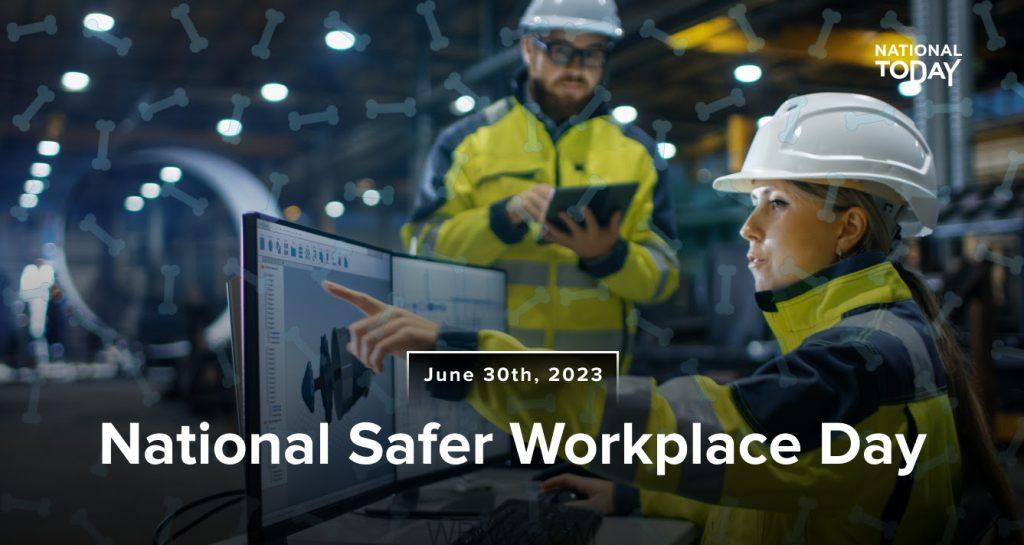
INDIANA – National Safer Workplace Day is today and occurs on the last Friday of June annually, commemorating the safer workplace initiative, which promotes workplace safety with a heightened focus on machine safety to reduce the potential of near misses, accidents, and injuries.

Workplace injuries can occur every seven seconds. According to the Occupational Health and Safety Administration (OSHA), about half of the serious injuries that occur at workplaces are still going unreported (LDG Law).

This is why on National Safety Workplace Day, we remind ourselves of the importance of following procedures and working with a safe mindset. At the same time, we encourage continued vigilance in maintaining a safe workplace for all.
tec.nicum, the product-neutral engineering services division of the Schmersal Group founded National SAFER Workplace Day to create awareness about safer workplaces and promote safer workplace activities.

Machine safeguarding consistently remains among the top 10 OSHA violations yearly. Our goal is to provide machine manufacturers and end-users with the proper tools to help create a safer workplace.
Let’s support this event by learning about the importance of a safe workplace. Take out time to assess your workspace and pinpoint any task, process, or equipment that could jeopardize your workplace and your safety.

The SAFER acronym is based on the 5 fundamental steps used to conduct a risk assessment and stands for STOP, ASSESS, FORMULATE, EXECUTE, and REVIEW. These steps are fundamental to properly addressing any concerns such as unsafe operations of machinery so that a safe and efficient solution can be created and implemented.
STOP – A stop in production often has a negative connotation. However, in this context, it is meant to prevent future production stops due to accidents and injuries.
It is important to stop and discuss safety concerns to create and foster a work environment where employees feel confident enough to speak up against unsafe conditions. This also helps to avoid potential near misses and accidents.
ASSESS – Identifying an unsafe condition is the first step. The next step is to assess the safety concerns to decide which steps (if any) need to be taken to minimize exposure to the hazard.
One method to estimate the severity of the concern is by calculating a Hazard Rating Number (HRN).. An effective HRN calculation during the risk assessment process will allow you to quantify a problem and take a closer look at a machine or process to ensure proper regulations and requirements are being followed.
FORMULATE – Once an assessment is completed and a concern has been reviewed by a qualified team, the next step is to formulate a plan. If actions need to be taken, this is the time to develop safe and feasible possible solutions. A team effort may be required to create a solution that is not only safe but allows for effective and efficient human-machine interactions.
Solutions can range from administrative controls to machine redesigns and implementation of safety controls.
EXECUTE – After a plan is created, it is time to execute it to see how effective it is. This may require planning across multiple departments and divisions as a realistic schedule must be made to accommodate machine downtime and available resources to actually implement the proposed safety plan. It’s important to establish design reviews and milestones to help track and measure the success of the process.
REVIEW – Once the solution is successfully implemented, the concern must be reviewed again. This additional evaluation is used to prove the system is out, confirm that the initial concern has been addressed effectively, and that the new solution is not creating further hazards.



